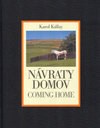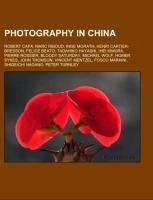
-
 Anglický jazyk
Anglický jazyk
Photography in China
Autor: Source: Wikipedia
Source: Wikipedia. Pages: 45. Chapters: Robert Capa, Marc Riboud, Inge Morath, Henri Cartier-Bresson, Felice Beato, Tadahiko Hayashi, Ihei Kimura, Pierre Rossier, Bloody Saturday, Michael Wolf, Homer Sykes, John Thomson, Vincent Mentzel, Fosco Maraini, Shigeichi... Viac o knihe
Na objednávku
15.57 €
bežná cena: 17.30 €
O knihe
Source: Wikipedia. Pages: 45. Chapters: Robert Capa, Marc Riboud, Inge Morath, Henri Cartier-Bresson, Felice Beato, Tadahiko Hayashi, Ihei Kimura, Pierre Rossier, Bloody Saturday, Michael Wolf, Homer Sykes, John Thomson, Vincent Mentzel, Fosco Maraini, Shigeichi Nagano, Peter Turnley, Brian Brake, Sidney D. Gamble, Hiroji Kubota, Hiroshi Suga, Kineo Kuwabara, Ho Fan, Eve Arnold, Eva Sandberg, Negretti and Zambra, Jules Gervais-Courtellemont, Donald Mennie, William Saunders, Noriyoshi Shibata, Hedda Morrison, Auguste François, China Lucky Film, Orrin Freeman, John Papillon, Dutton & Michaels. Excerpt: Henri Cartier-Bresson (August 22, 1908 - August 3, 2004) was a French photographer considered to be the father of modern photojournalism. He was an early adopter of 35 mm format, and the master of candid photography. He helped develop the "street photography" or "real life reportage" style that has influenced generations of photographers who followed. Cartier-Bresson was born in Chanteloup-en-Brie, Seine-et-Marne, France, the oldest of five children. His father was a wealthy textile manufacturer, whose Cartier-Bresson thread was a staple of French sewing kits. His mother's family were cotton merchants and landowners from Normandy, where he spent part of his childhood. The Cartier-Bresson family lived in a bourgeois neighborhood in Paris, near the Europe Bridge. They were able to provide him with financial support to develop his interests in photography in a more independent manner than many of his contemporaries. Cartier-Bresson also sketched in his spare time. He described his family as "socialist Catholics". As a young boy, Cartier-Bresson owned a Box Brownie, using it for taking holiday snapshots; he later experimented with a 3×4 inch view camera. He was raised in a traditional French bourgeois fashion, required to address his parents using the formal vous rather than the familiar tu. His father assumed that his son would take up the family business, but the youth was strong-willed and upset by this prospect. He attended École Fénelon, a Catholic school that prepared students to attend Lycée Condorcet. The proctor caught him reading a book by Rimbaud or Mallarmé, and reprimanded him: "Let's have no disorder in your studies!" Cartier-Bresson said, "He used the informal 'tu'-which usually meant you were about to get a good thrashing. But he went on: 'You're going to read in my office.' Well, that wasn't an offer he had to repeat." After unsuccessfully trying to learn music, as a boy Cartier-Bresson was introduced to oil painting by his uncle Louis, a gifted painter
- Vydavateľstvo: Books LLC, Reference Series
- Rok vydania: 2016
- Formát: Paperback
- Rozmer: 246 x 189 mm
- Jazyk: Anglický jazyk
- ISBN: 9781156739181
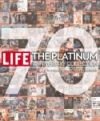
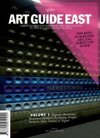
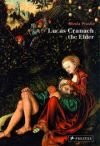
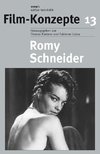


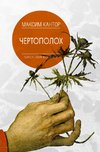
 Ruský jazyk
Ruský jazyk 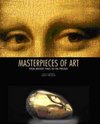
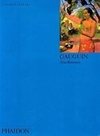
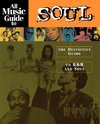
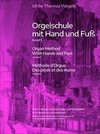
 Nemecký jazyk
Nemecký jazyk 
